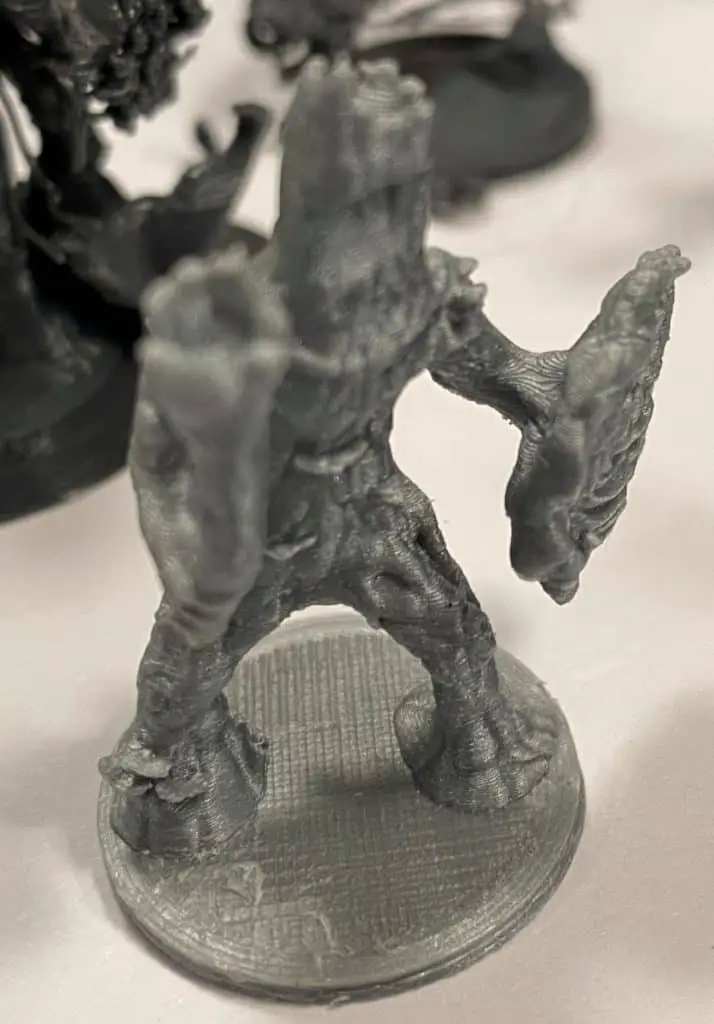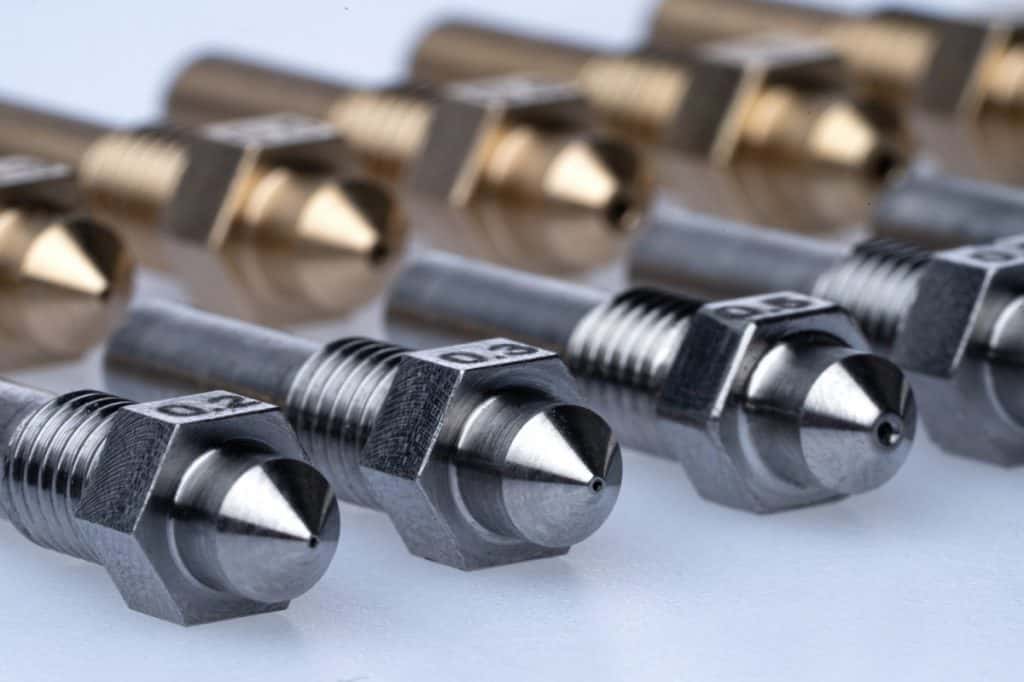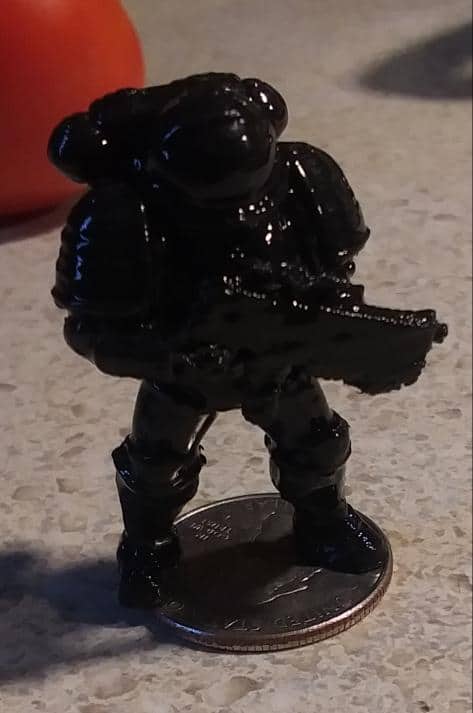3D printing has become one of the most interesting technologies we have today because of how it is capable of creating different objects and designs using a bottom-up approach. And while we do know that most people use their 3D printers to create all sorts of usable everyday objects, there are some who are trying to break records using 3D printers. So, what is the smallest thing ever 3D printed?
The smallest things ever printed include a small boat, tiny sculptures, and different objects with their own unique geometric shapes. Some of these objects are so small that they are not even half the size of a strand of human hair. And they were achieved through a process called nano printing.
It truly is amazing what 3D printers can do because there are some that have actually invented 3D printers capable of printing very small objects that are nearly microscopic in size. And because of how amazing these 3D printers are, it is exciting to see what 3D printers can do for the future, especially when it comes to how they can produce macrostructures built using smaller particles.

How small can a 3D printer print?
3D printing technology has changed how we view the way things can be made from raw materials. The usual factory setup involves using different machines that all have their own different purposes when manufacturing different products. And in most cases, these factories manufacture these products using a top-down approach that involves using different larger raw materials to create the final product.
However, the thing about 3D printing is that it involves only one machine that is capable of creating something out of what seems to be nothing. What a 3D printer does is that it uses a nozzle that expels melted plastic or polymers to form the final product based on the specifications of your own design. This is why 3D printers look like they create something out of nothing. And 3D printers can create different things of various shapes and sizes.
But while we know that 3D printers can be quite precise when printing different types of designs, what are their limits in terms of the size of the products that they can print? How small can a 3D printer print?
As mentioned, 3D printers make use of nozzles to expel the polymer particles that they use to create something using a bottom-up approach. So, in a sense, most of the commercial 3D printers that we have today are capable of printing different objects based on the size of the nozzles that they use.

The common commercial 3D printer has a nozzle size that is about 0.15 millimeters. That means that each particle that is used to create the 3D-printed object has a diameter of about 0.15 millimeters. In most cases, this seems to be the limit of what the usual commercial 3D printer can do in terms of how small it can print.
However, there are 3D printers that are actually so precise that they can 3D print particles that are on the nano level in terms of how small they are. A group of Dutch researchers was able to develop a 3D printer they call Nanoscribe Photonic Professional, which is capable of creating very small 3D-printed objects that are on the micro-level in terms of how small they are.
And while most 3D printers that are commercially sold use nozzles that expel small polymer particles, the Nanoscribe Photonic Professional uses a unique method that is unlike any other 3D printer. Instead of using a nozzle, what it does is that it uses laser technology. It uses a laser that is focused inside a water droplet to produce very small 3D-printed objects.
While we can honestly say that we probably don’t have a lot of commercial uses for very small 3D-printed objects, this can be a breakthrough in a lot of different applications that require the use of small 3D-printed objects.
And another thing that might be amazing about this technology is that it can print much larger objects while using smaller particles. Macrostructures created using smaller particles are usually very light but are still structurally strong. Products that can be 3D printed using this type of technology can find plenty of different commercial uses.

What is the smallest thing ever 3D printed?
While we did talk about the possibility of 3D printing using nanoparticles, has there ever been an object that was successfully 3D printed using this tech? In fact, there have been several of them. And these are widely regarded as the smallest things ever 3D printed.
The most notable tiny object borne out of this technology is a small boat that was created by the team behind Nanoscribe Photonic Professional. This boat is actually so small that it measures around 30 micrometers. That means that this Dutch tiny boat is a third of the width of the regular human hair. And that makes it almost impossible for the naked eye to see.
Aside from that boat, there are other 3D-printed objects that are also quite small. In fact, artist Jonty Hurwitz is popular for creating 3D-printed sculptures that are as small as the size of an ant’s head. He is recognized for the smallest human form ever created using nanotechnology.
In fact, Hurwitz sculptures are so small that you would need to look at them through a microscope. But while they may be as small as they are, the amazing part about the sculptures is that they don’t lack detail. They look just as detailed as larger sculptures are.
All that said, there are plenty of different tiny 3D-printed objects that exist in the world today. However, the thing that you need to know is that the technology used to create these objects is not yet readily available to the public. Still, it should be exciting to see what nano 3D printing can do in the future, especially when we are talking about using this kind of technology to create larger macrostructures using smaller nanoparticles.

Related Articles
- How Small Of An Item Can A 3D Printer Make?
- What Is the Size Limitation of 3D Printing?
- Best 3D Printing Infill Pattern – Complete Details Inside!
- Why Is 3d Printing Slow?
- Do 3D Printers Use a Lot of Power? (The Numbers Inside)
Make sure you check out our YouTube channel, and if you would like any additional details or have any questions, please leave a comment below. If you liked this article and want to read others click here.
